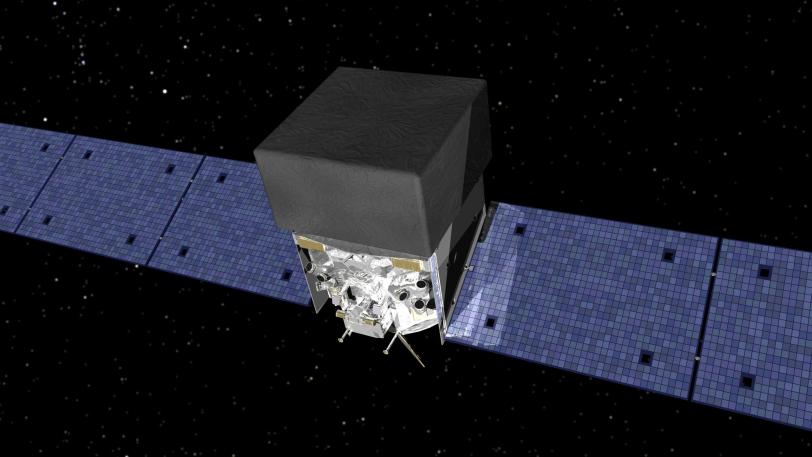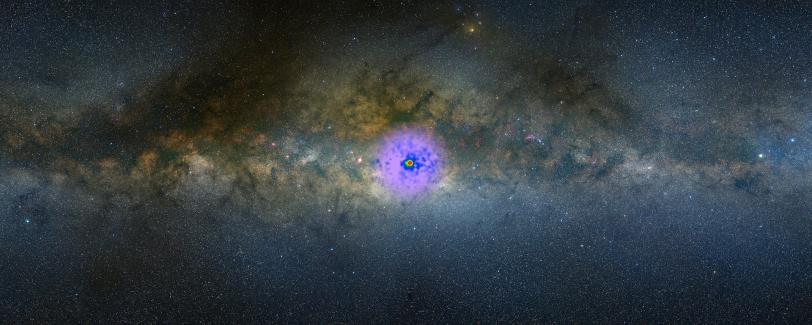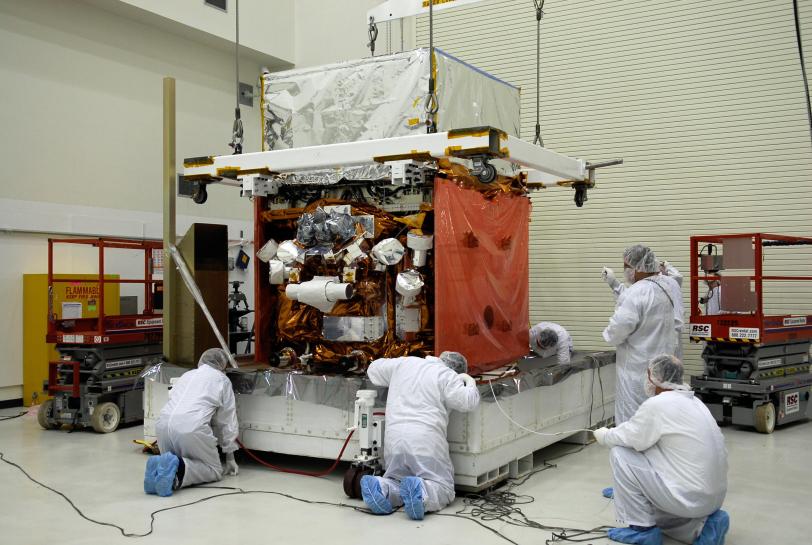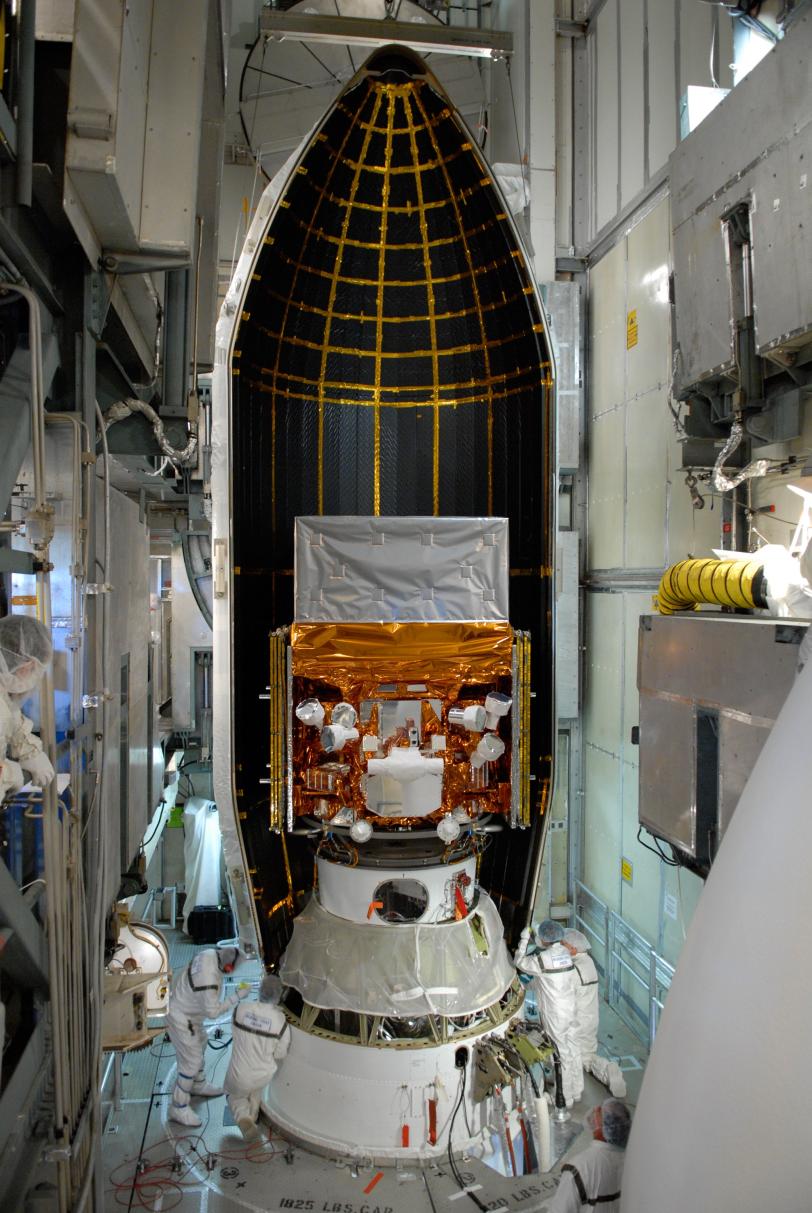Fermi Satellite Observes Billionth Gamma Ray with LAT Instrument
Spacecraft’s Gamma-Ray Vision Provides Revolutionary Views of the Extreme Universe
By Manuel Gnida
Imagine you had superhero vision and could see a whole new world of fascinating phenomena invisible to the human eye. NASA’s Fermi Gamma-ray Space Telescope gives astrophysicists analogous powers. It captures images of the universe in gamma rays, the most energetic form of light.
On April 12, one of the spacecraft’s instruments – the Large Area Telescope (LAT), which was conceived of and assembled at the Department of Energy’s SLAC National Accelerator Laboratory – detected its billionth extraterrestrial gamma ray.
Since gamma rays are often produced in violent processes, their observation sheds light on extreme cosmic environments, such as powerful star explosions, high-speed particle jets spewed out by supermassive black holes, and ultradense neutron stars spinning unimaginably fast. Gamma rays could also be telltale signs of dark matter particles – hypothetical components of invisible dark matter, which accounts for 85 percent of all matter in the universe.
“Since Fermi’s launch in 2008, the LAT has made a number of important discoveries of gamma-ray emissions from exotic sources in our galaxy and beyond,” says Robert Cameron, head of the LAT Instrument Science Operations Center (ISOC) at SLAC. The LAT has already collected hundreds of times more gamma rays than the previous-generation EGRET instrument on NASA’s Compton Gamma-ray Observatory – an advance that has tremendously deepened insights into the production of this energetic radiation.
Enabling Discovery
Among the LAT discoveries are more than 200 pulsars – rapidly rotating, highly magnetized cores of collapsed stars that were up to 30 times more massive than the sun. Before Fermi’s launch, only seven of these objects were known to emit gamma rays. As pulsars spin around their axis, they emit “beams” of gamma rays like cosmic lighthouses. Many pulsars rotate several hundred times per second – that’s tens of millions times faster than Earth’s rotation.
“Understanding pulsars tells us about the evolution of stars because they are one possible end point in a star’s life,” Cameron says. “The LAT data have led us to totally revise our understanding of how pulsars emit gamma rays.”
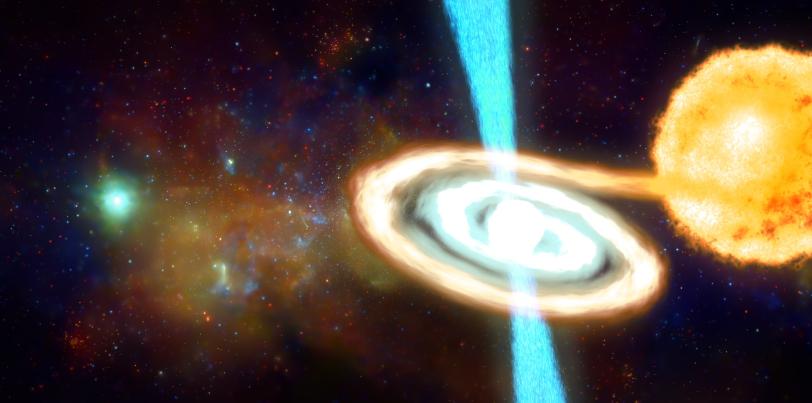
The LAT has also shown for the first time that novae – thermonuclear explosions on the surface of stars that have accumulated material from neighboring stars – can emit gamma rays. These data provide new details about the physics of burning stars, which is a crucial process for the synthesis of chemical elements in the universe.
Even more exotic gamma-ray sources detected by the LAT are microquasars. These objects are star-sized analogs of active galactic nuclei, with gas spinning around a black hole at the center. As the black hole devours matter from its surroundings, it ejects jets of charged particles traveling almost as fast as light into space, generating beams of gamma rays in the process.
At a galactic scale, such an ejection mechanism could have produced what is known as the Fermi bubbles – two giant areas above and below the center of the disk of our Milky Way galaxy that shine in gamma rays. Discovered by the LAT in 2010, these bubbles suggest that the supermassive black hole at the center of our galaxy once was more active than it is today.
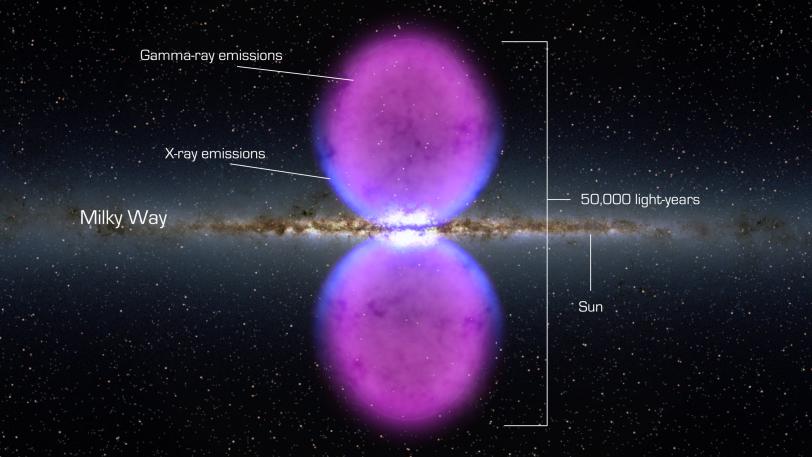
Researchers also use the LAT to search for signs of dark matter particles in the central regions of the Milky Way and other galaxies. Theories predict that the hypothetical particles would produce gamma rays when they decay or collide and destroy each other.
“With the sensitivity we have achieved with the LAT, we should in principle be able to see such dark matter signatures,” says SLAC’s Seth Digel, who leads the Fermi group at the Kavli Institute for Particle Astrophysics and Cosmology (KIPAC), a joint institute of Stanford University and SLAC. “But we haven’t found any conclusive signals yet, and so far the LAT data can also be explained with other astrophysical sources.”
Finally, the LAT has explored gamma ray sources closer to home, including gamma rays produced by thunderstorms in Earth’s atmosphere, by solar flares and even by charged particles hitting the surface of the moon.
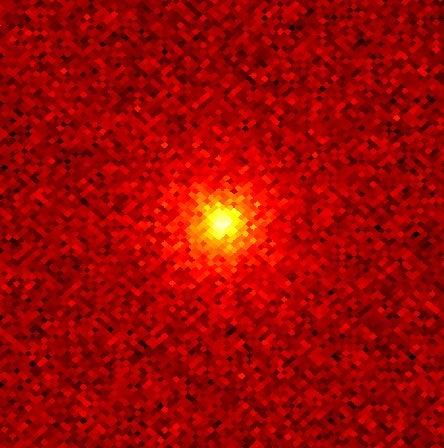
Finding Needles in a Haystack
From its location on Fermi at an altitude of 330 miles, the LAT sees 20 percent of the sky at any given time. Every two orbits – each takes about 95 minutes – the instrument collects the data necessary for a gamma-ray map of the entire sky.
But identifying the right signals for the map is a little bit like finding needles in a haystack: For every gamma-ray photon, the LAT sees many more high-energy charged particles, called cosmic rays. Most of these background signals are rejected right away by hardware triggers and software filters in the LAT on Fermi, which reduces the rate of signals from 10,000 to 400 per second.
The remaining data are compressed, transmitted back to Earth and sent to NASA’s Goddard Space Flight Center in Greenbelt, Maryland, where they get separated into three different datasets for the LAT, the GBM (Fermi’s second scientific instrument, which monitors short-lived gamma-ray bursts) and spacecraft data.
The LAT data are transferred to the LAT ISOC at SLAC, where 1,000 computer cores automatically analyze the data stream and filter out even more background signals. 70 percent of all detected gamma rays are from Earth’s atmosphere, leaving only two to three extraterrestrial gamma-ray signals per second out of the 10,000 initial detector events. These data are then sent back to NASA Goddard, where they are made publicly available for further analysis.
“The ISOC receives about 15 deliveries of LAT data throughout the day for a total of 16 gigabytes or three DVDs worth of data every day,” Cameron says. “For each delivery, the entire process – from the time the data leave Fermi to the time the gamma rays get deposited in the public archive – takes about four hours.”
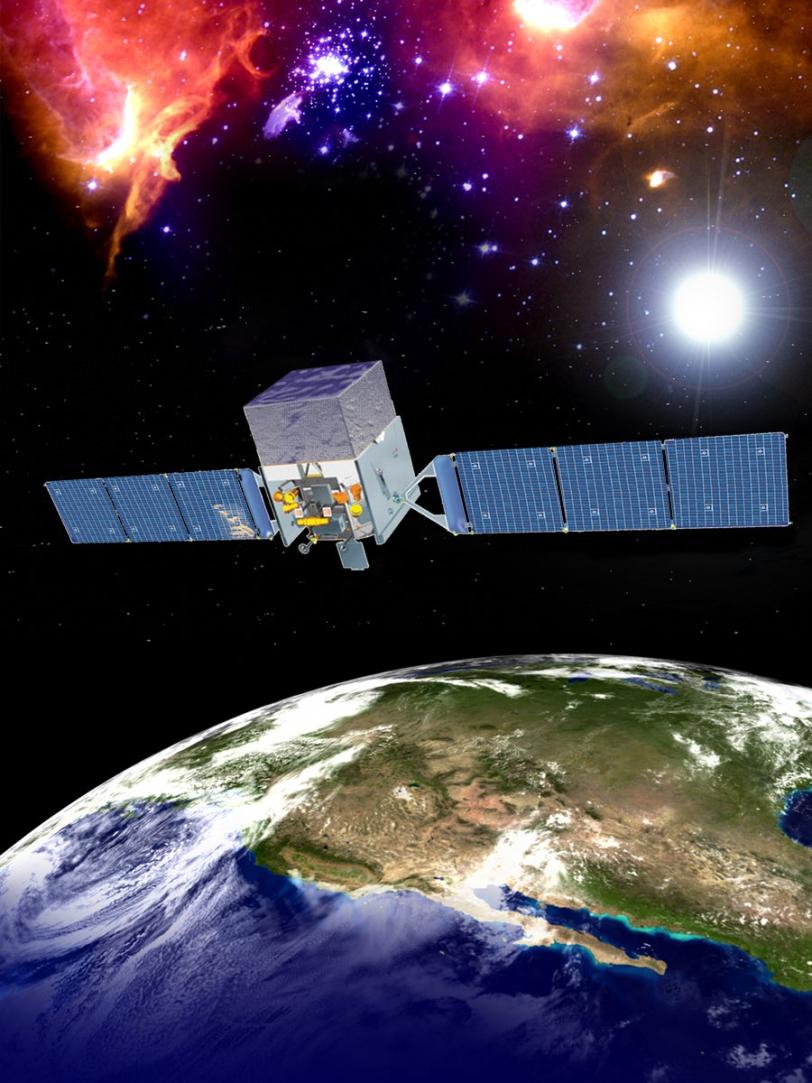
Next year, the Fermi mission will reach its 10-year operations goal. What happens after that will largely depend on funding.
“With no successor mission planned, the LAT is in many ways irreplaceable, particularly for studies of low-energy gamma rays,” Digel says. “The telescope is still going strong after all these years, and there is a lot of science left to be done.”
An important new role for the LAT is to search for gamma-ray sources associated with gravitational wave events. These ripples in space-time occur, for example, when two black holes merge into a single one, as recently observed by the LIGO detector. This opens up the completely new field of gravitational wave astrophysics.
The LAT ISOC is a department in KIPAC and the Particle Astrophysics and Cosmology Division of SLAC. KIPAC researchers contribute to the international Fermi LAT Collaboration, whose research is funded by NASA and the DOE Office of Science, as well as agencies and institutes in France, Italy, Japan and Sweden.
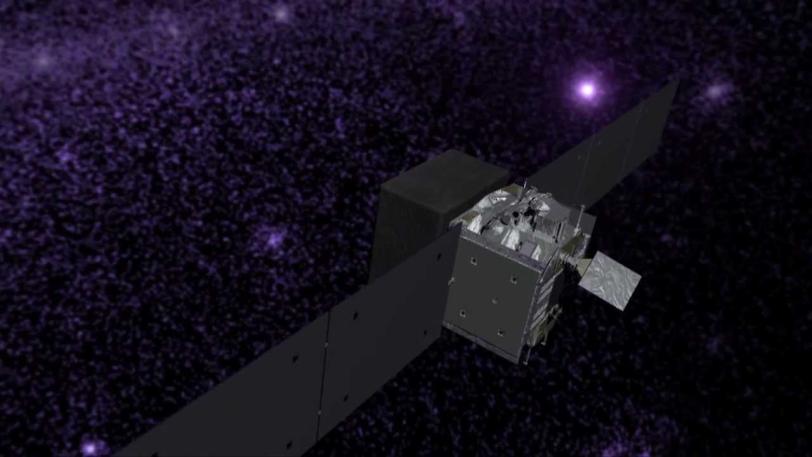
Fermi Gamma-ray Space Telescope
Three hundred and fifty miles overhead, the Fermi Gamma-ray Space Telescope silently glides through space. From this serene vantage point, the satellite's instruments watch the fiercest processes in the universe unfold. Pulsars spin up to 700 times a second, sweeping powerful beams of gamma-ray light through the cosmos. The hyperactive cores of distant galaxies spew bright jets of plasma. Far beyond, something mysterious explodes with unfathomable power, sending energy waves crashing through the universe.
For more information about the Fermi mission, check out these NASA videos.
For questions or comments, contact the SLAC Office of Communications at communications@slac.stanford.edu.
SLAC is a multi-program laboratory exploring frontier questions in photon science, astrophysics, particle physics and accelerator research. Located in Menlo Park, Calif., SLAC is operated by Stanford University for the U.S. Department of Energy's Office of Science.
SLAC National Accelerator Laboratory is supported by the Office of Science of the U.S. Department of Energy. The Office of Science is the single largest supporter of basic research in the physical sciences in the United States, and is working to address some of the most pressing challenges of our time. For more information, please visit science.energy.gov.
